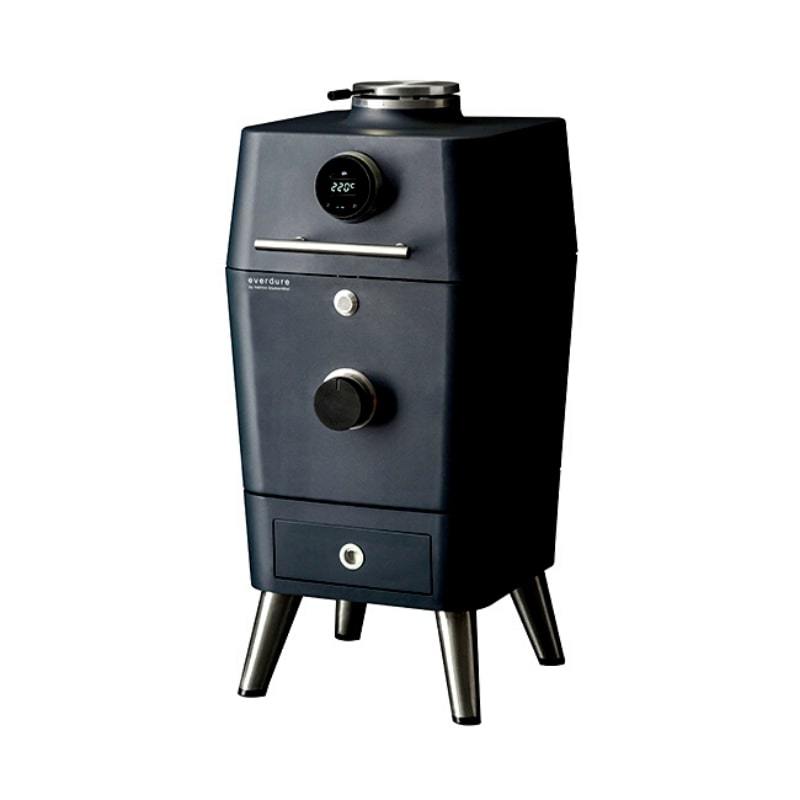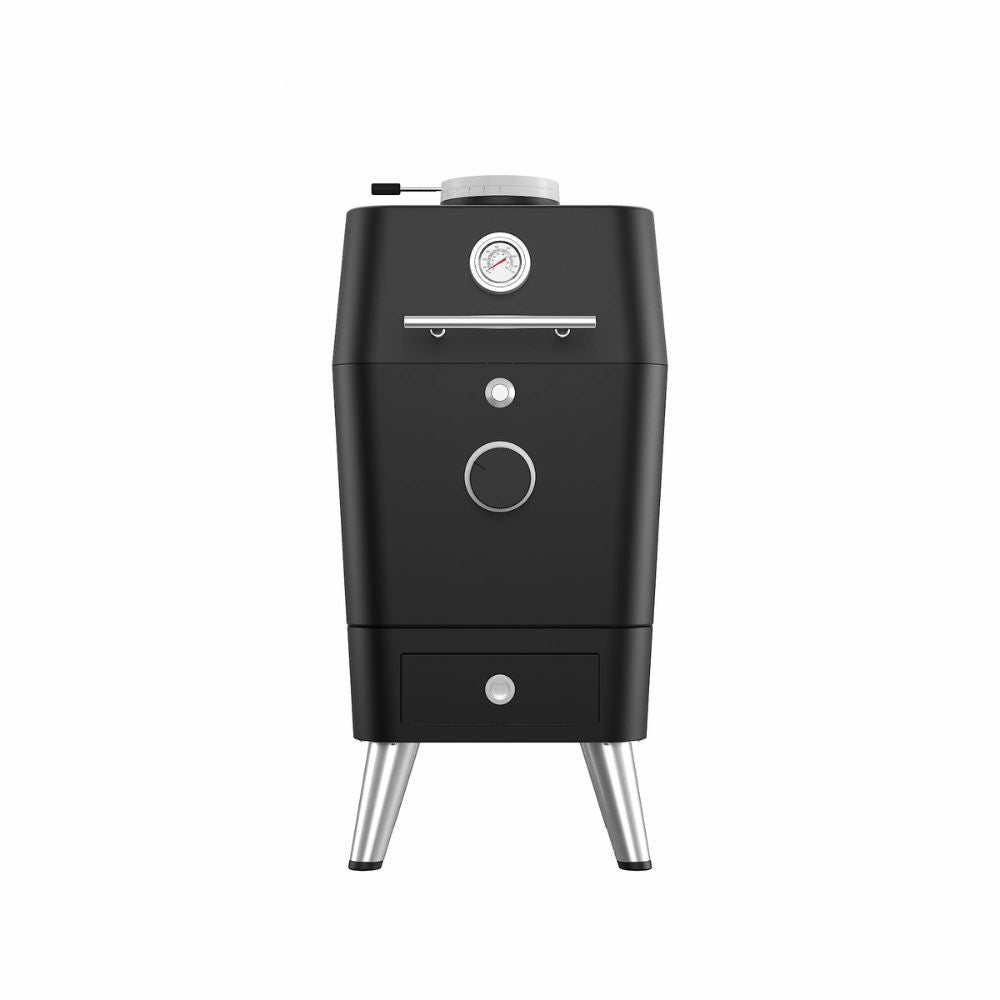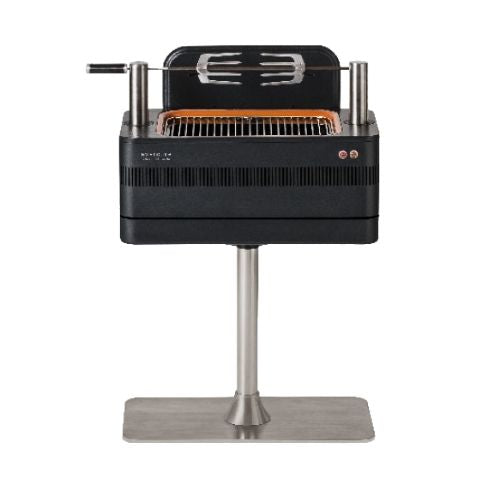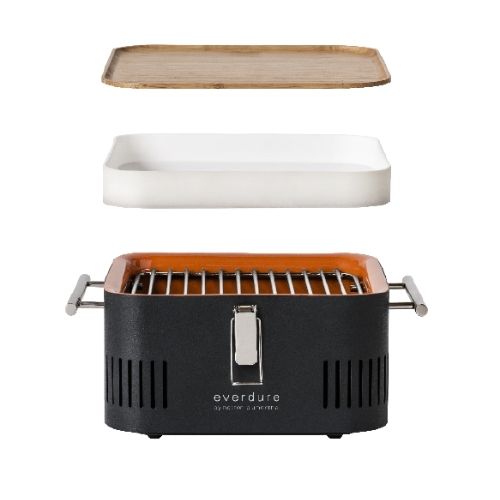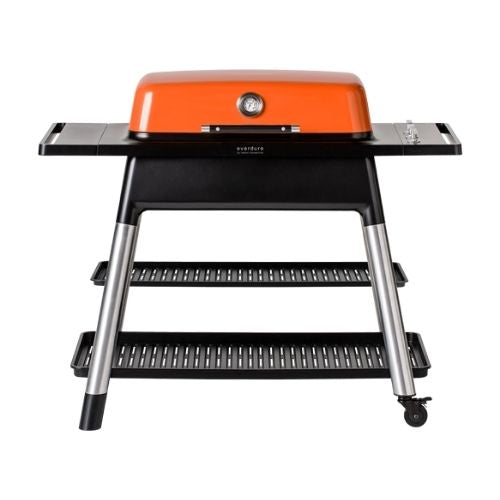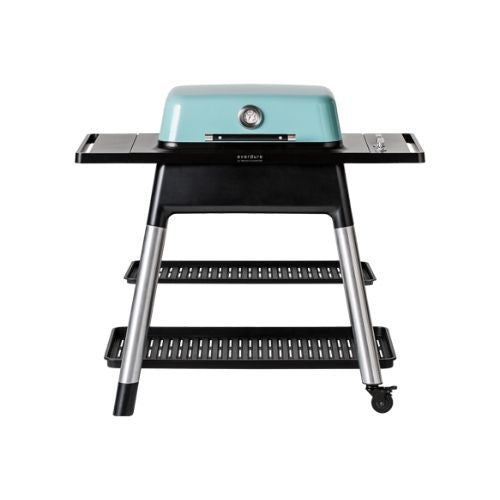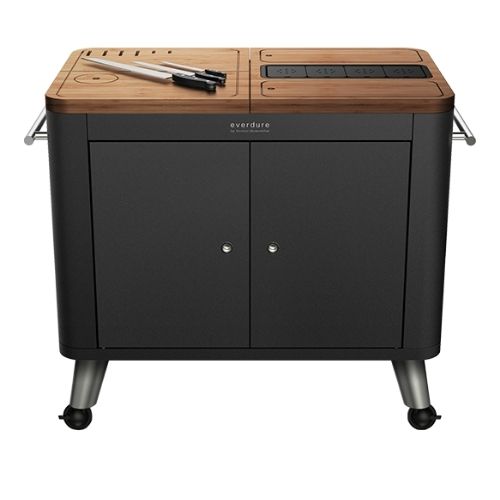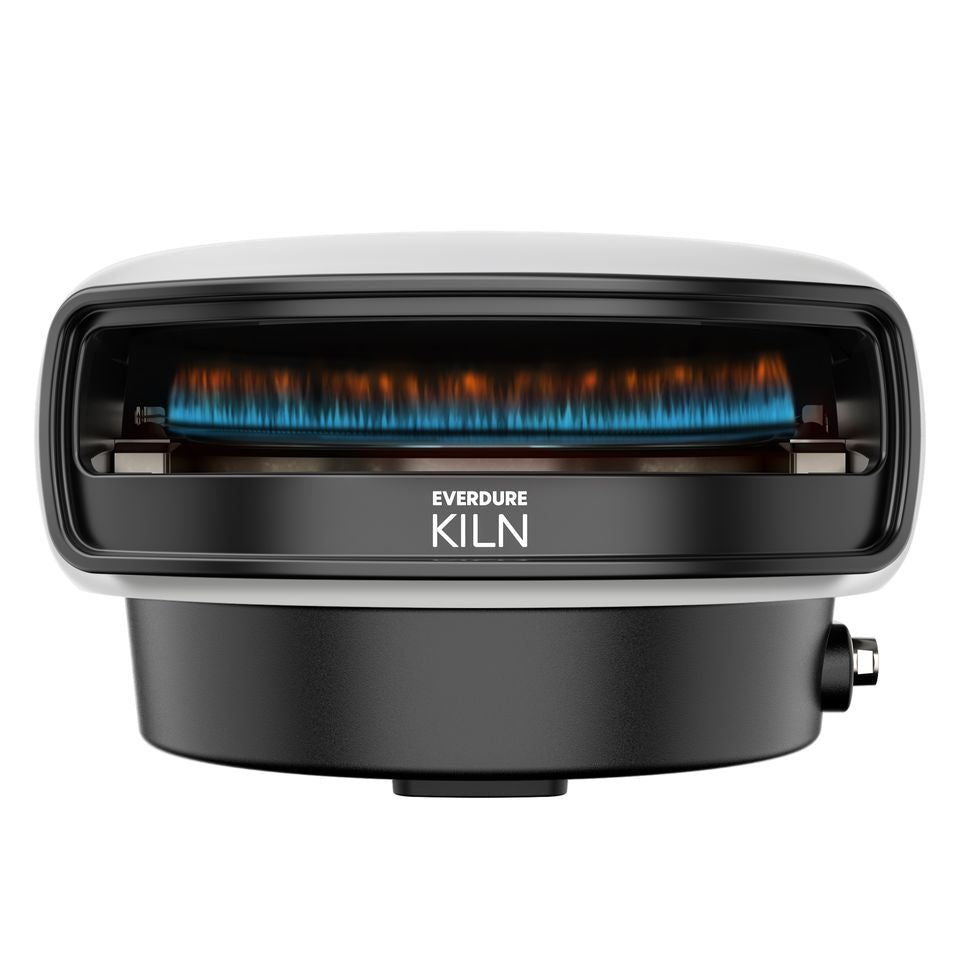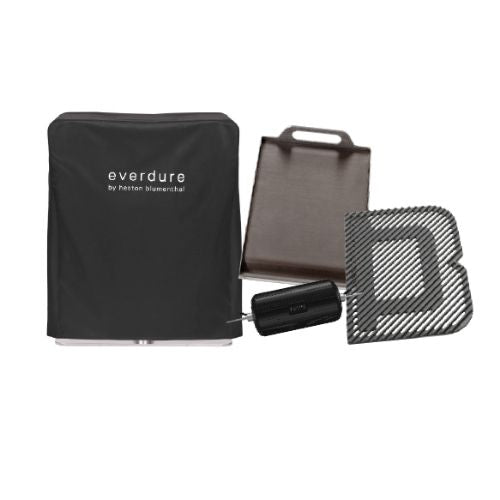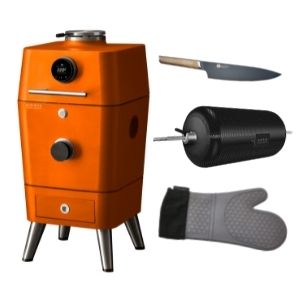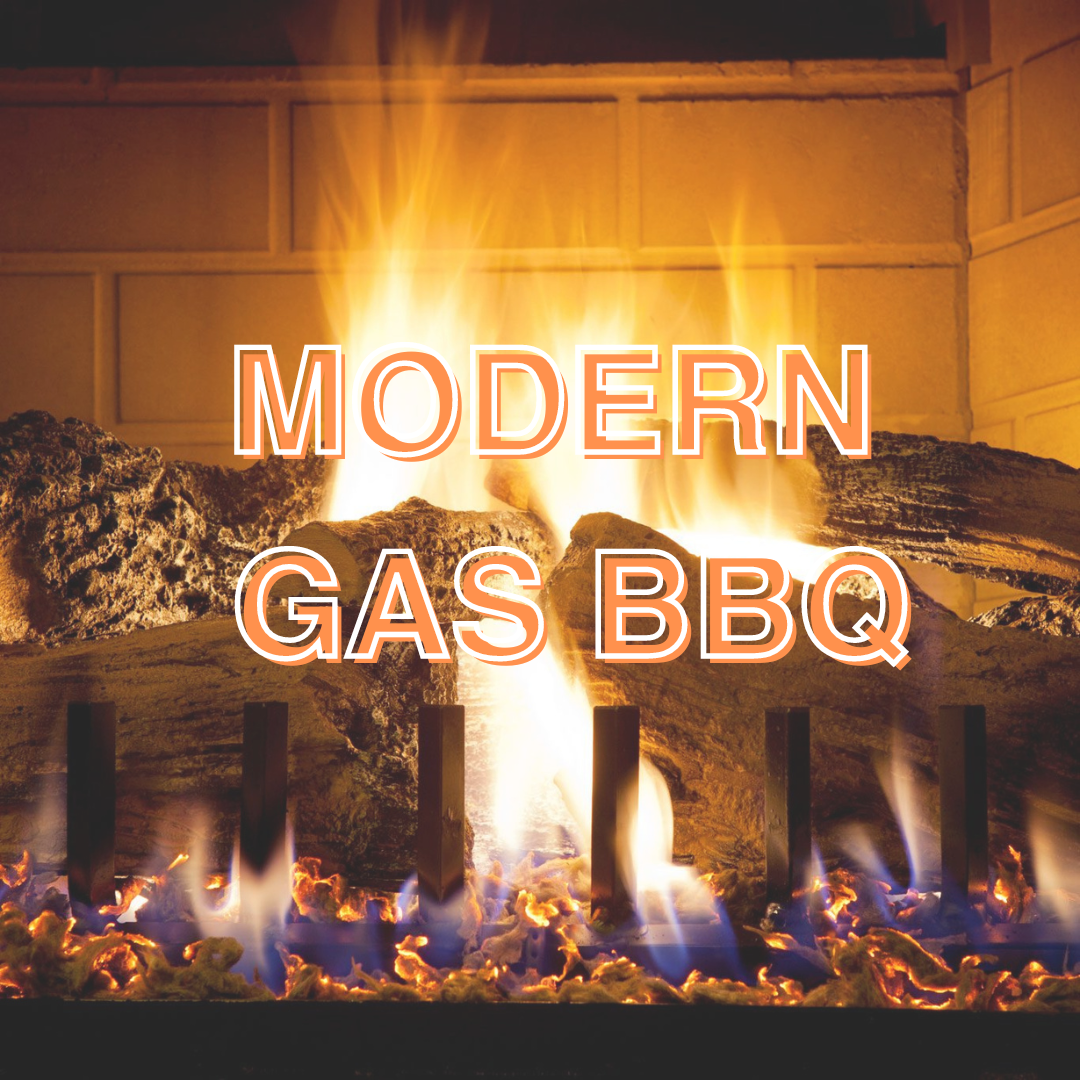
- Types of Gas Heaters
-
Ventless (Unvented) Heaters: These heaters are designed to operate without a chimney or flue, making them easier to install. They are efficient but can pose indoor air quality concerns if not used properly.
-
Vented Heaters: These units expel combustion by-products outside, making them a safer option for maintaining indoor air quality.
Safety Advancements in Modern Gas Heaters
- Advanced Safety Features
-
Oxygen Depletion Sensors (ODS): These sensors detect low oxygen levels and automatically shut off the heater to prevent carbon monoxide (CO) buildup.
-
Tip-Over Switches: This feature turns off the heater if it is knocked over, preventing fire hazards.
-
Overheat Protection: Automatically shuts off the heater if it reaches unsafe temperatures.
-
Pilot Safety Valve: Ensures that the gas supply is cut off if the pilot light goes out.
Common Safety Concerns
- Carbon Monoxide Poisoning
-
Symptoms and Risks: Headaches, dizziness, nausea, and even death can result from prolonged CO exposure.
-
Prevention: Using heaters with ODS, ensuring proper ventilation, and installing CO detectors in the home.
- Fire Hazards
-
Causes: Flammable materials near the heater, improper installation, and faulty equipment.
-
Prevention: Keeping flammable items away, regular maintenance, and using heaters with built-in safety features.
Best Practices for Safe Use
- Proper Installation and Maintenance
-
Professional Installation: Ensures that the heater is installed correctly and safely.
-
Regular Maintenance: Annual inspections and servicing by qualified technicians to ensure optimal performance and safety.
- Ventilation
-
Importance of Ventilation: Ensures the safe dispersal of combustion by-products and maintains indoor air quality.
-
Ventilation Tips: Use in well-ventilated areas, open windows slightly, and ensure vents are not blocked.
- Safe Operation
-
User Manuals: Always follow the manufacturer's instructions.
-
Supervision: Never leave a gas heater unattended, especially around children and pets.
-
Placement: Keep heaters away from high-traffic areas to prevent accidents.
Comparing Gas Heaters to Other Heating Options
- Electric Heaters
-
Safety and Efficiency: Generally safer with fewer maintenance requirements, but can be more expensive to operate.
- Wood Stoves and Fireplaces
-
Ambiance vs. Safety: Provide a cozy atmosphere but require more maintenance and pose higher fire risks.
- Heat Pumps
-
Energy Efficiency: Highly efficient but can have higher upfront costs.
Introduction
- The Importance of Safety in Heating
- Overview of Modern Gas Heaters
Understanding Modern Gas Heaters
- Types of Gas Heaters
- Ventless (Unvented) Heaters
- Vented Heaters
Safety Advancements in Modern Gas Heaters
- Advanced Safety Features
- Oxygen Depletion Sensors (ODS)
- Tip-Over Switches
- Overheat Protection
- Pilot Safety Valve
Common Safety Concerns
- Carbon Monoxide Poisoning
- Symptoms and Risks
- Prevention
- Fire Hazards
Best Practices for Safe Use
- Proper Installation and Maintenance
- Professional Installation
- Regular Maintenance
- Ventilation
- Importance of Ventilation
- Ventilation Tips
- Safe Operation
- User Manuals
- Supervision
- Placement
Comparing Gas Heaters to Other Heating Options
- Electric Heaters
- Wood Stoves and Fireplaces
- Heat Pumps
Mijn winkelwagen
- Er zit nog niks in je winkelmand.
![]()
- {property.name}: {property.value}
x


